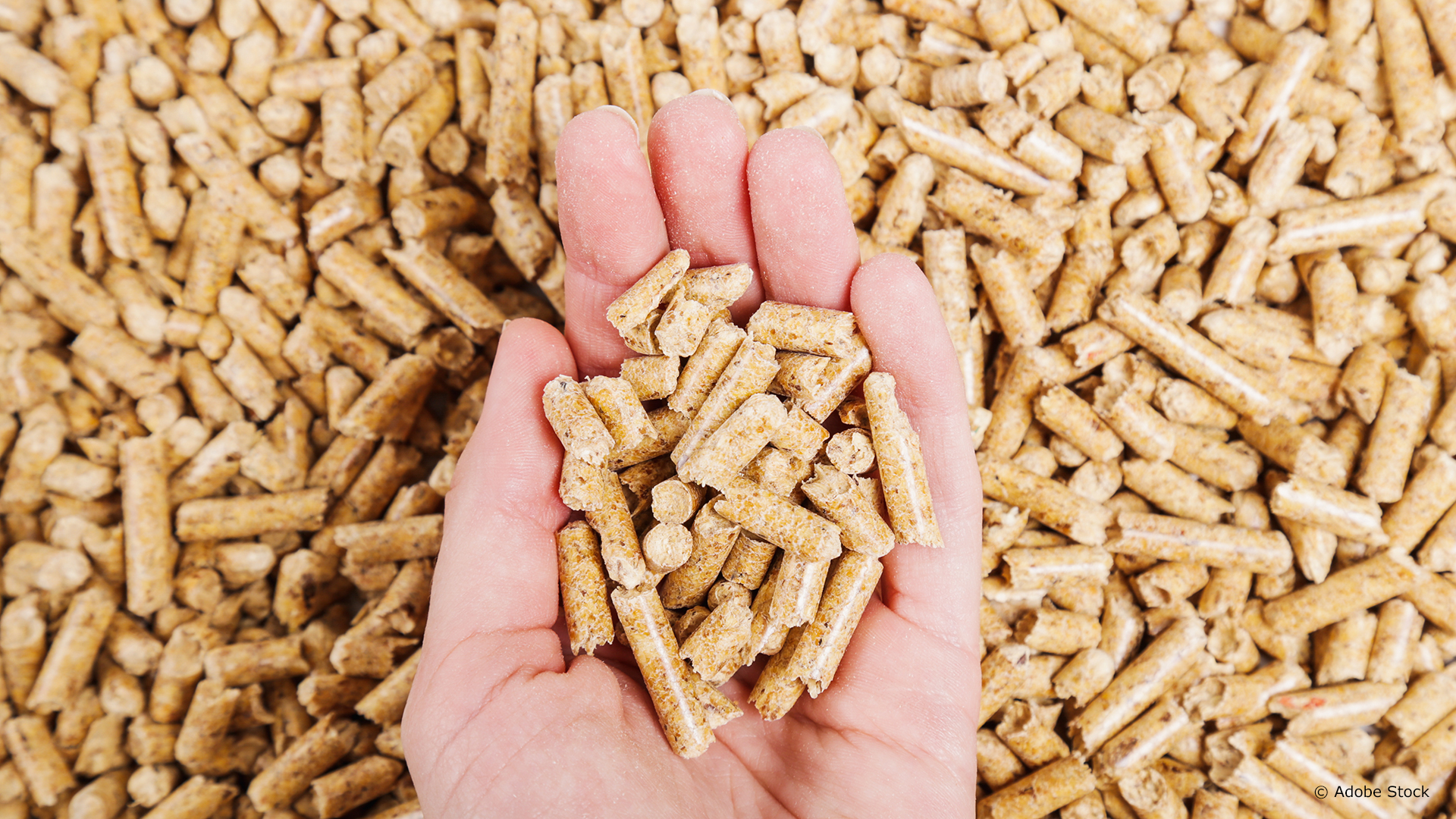
We use them to replace coal in factories and firewood in our homes: wood pellets, especially those that are torrefied to lower their moisture content, are a good strategy for reducing greenhouse gas emissions and making use of forest biomass and sawmill waste. But how can we obtain more stable, higher-energy torrefied wood pellets at a lower cost? By soaking them in vegetable oil.
Oil torrefaction significantly reduces production costs.
This innovative treatment, developed by Aziz Laghdir, a researcher at SEREX, a technology transfer centre affiliated with Cégep de Rimouski, uses a heat transfer method by immersion in oil that can be up to three times more efficient than air convection. Furthermore, unlike the traditional torrefaction process, drying is done at the same time as the heat treatment. This means that oil torrefaction significantly reduces production costs, with drying and raw material costs alone accounting for 70 to 80 percent of the total cost.
Another interesting find is that the moisture content of the oil-torrefied pellets is reduced to 2%, compared to 5.5 to 7.5% for regular pellets, making their combustion even more efficient.
While this process represents an interesting way to diversify applications for surplus wood chips in Québec, there is still a way to go before deploying it on an industrial scale. To date, all tests have been carried out in the laboratory in an experimental oil torrefaction unit developed at SEREX.
According to Professor Laghdir, this unit could serve as a demonstration tool to assess the technical and economic feasibility of implementing this technology on a large scale. In the meantime, the researcher is working on improving the treatment, including controlling unwanted effects of the oil at certain stages of the process.

